Looking over the urban skyline of Nanjing, Golden Eagle Art Museum — G Museum — is an art platform at 200 meters above ground in the air. Launched in late 2020, the museum includes an exhibition hall with a 13-metre-high ceiling and presents art exhibitions, salons and performances, and educational workshops, embodying a cohesive cultural experience space.
LARRY’S LIST spoke to the President of G Museum and art collector Janice Wang who talked about how she started collecting art; her different considerations when collecting personally versus collecting for the Museum; why studio visits are the most important interaction with artists; as well as her favorite quote by an artist.
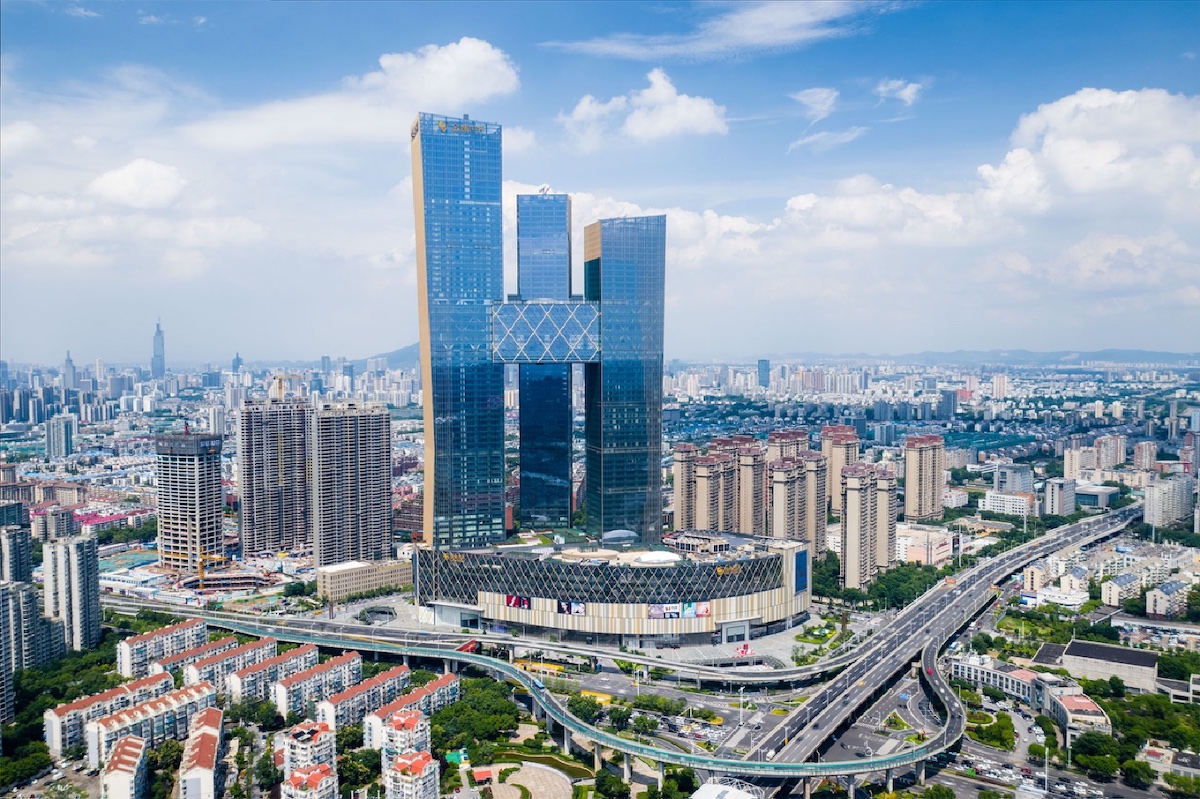

Collecting
How did you start collecting art? What genres/periods particularly interests you?
Thinking back, it all started with a modern Chinese art history course I took at UCLA. Prior to that, I was exposed mostly to Western classical art. As a teenager, I would visit art museums with my father, and it was quality time together for us. It was a wonderful shared experience that would lead to unexpected topics of discussion and insights. Once I started familiarizing myself with modern Chinese artists, the art conversations with my father led to co-collecting with my father, specifically he would seek out the works of our agreed-upon artists. I was particularly intrigued by early 20th century modern art and its resulting ideals and visual philosophies between the two World Wars. I am constantly revisiting different eras and learning as much as I can.
How and where did you purchase the thing you consider the first real piece of your collection? By which artist?
The first piece in my collection was a very generous birthday gift: Wu Guanzhong’s Vines acquired at auction around 2005.
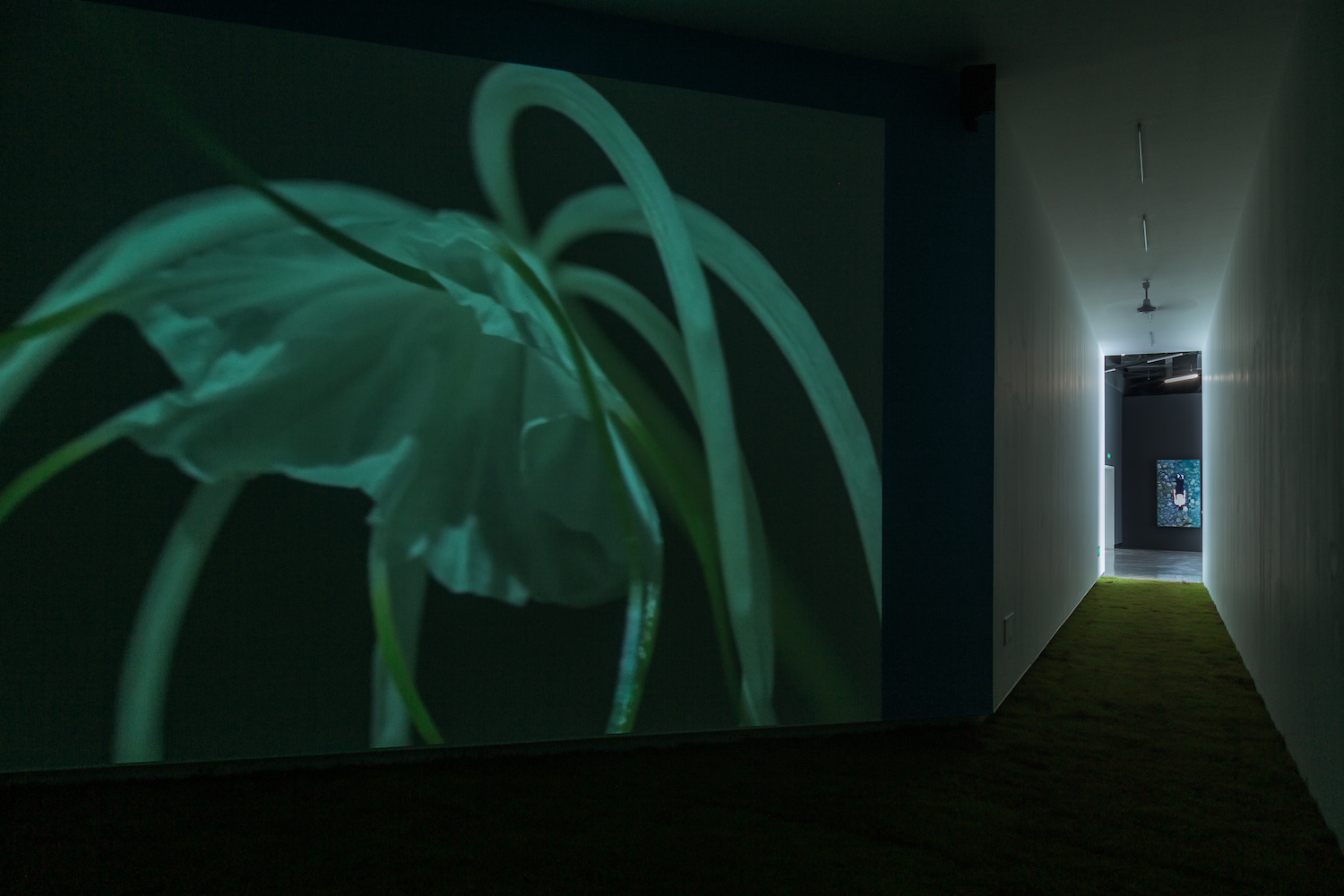
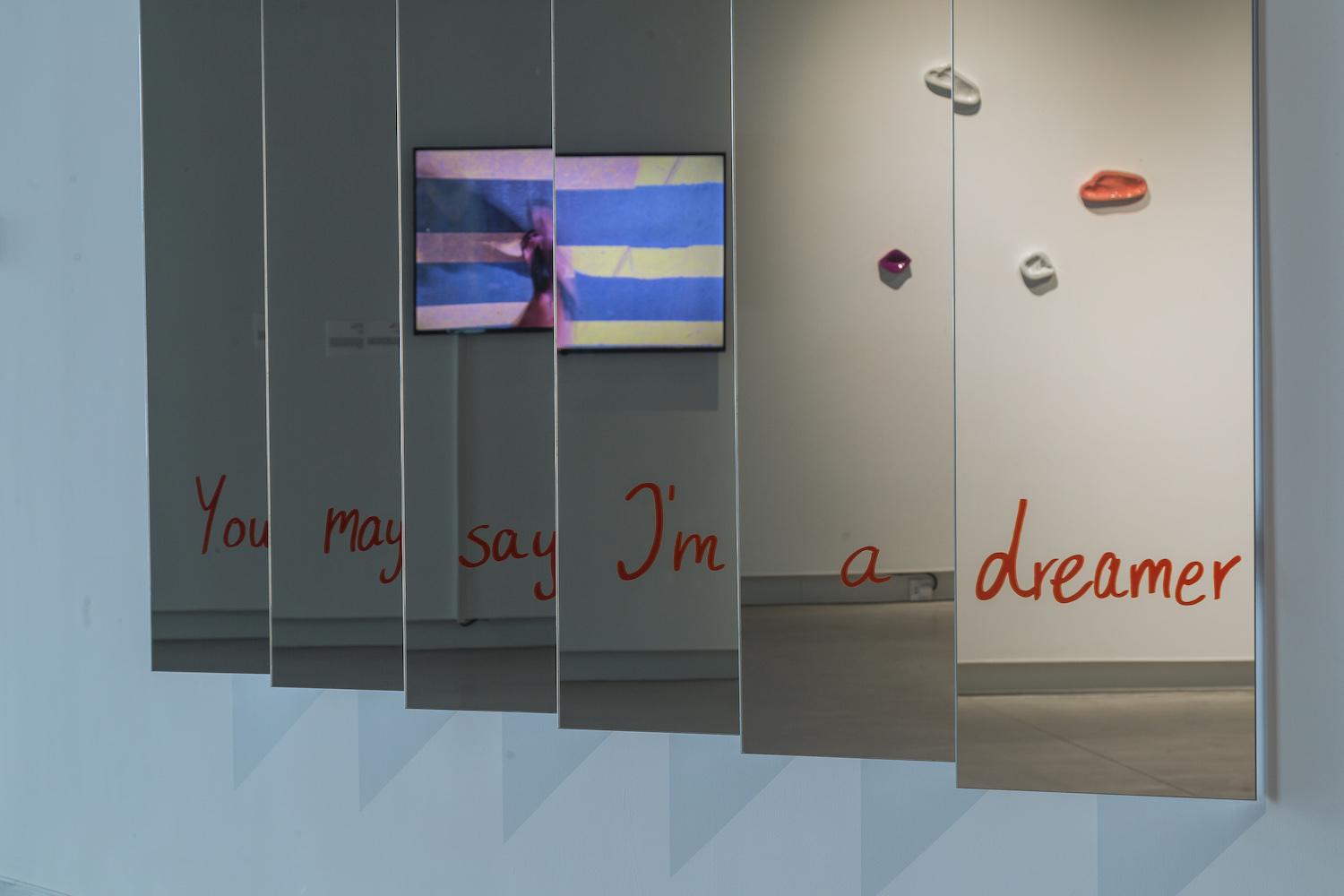
After collecting art these years, how is it different from when you started it—especially as your collections grow bigger and your research deeper?
When I first started, I really didn’t think of it as “collecting”. I was just acquiring things that caught my eye at that particular moment in time. As I’ve gotten older, the process has grown to include more thought and consideration.
What do you think the most important thing is about art connoisseurship, that is, the criteria for a good, well-thought collection?
I’ve been reflecting on this a lot recently, and for something that is so personal, one would be lucky to find a common thread to loosely tie everything together into a greater story.
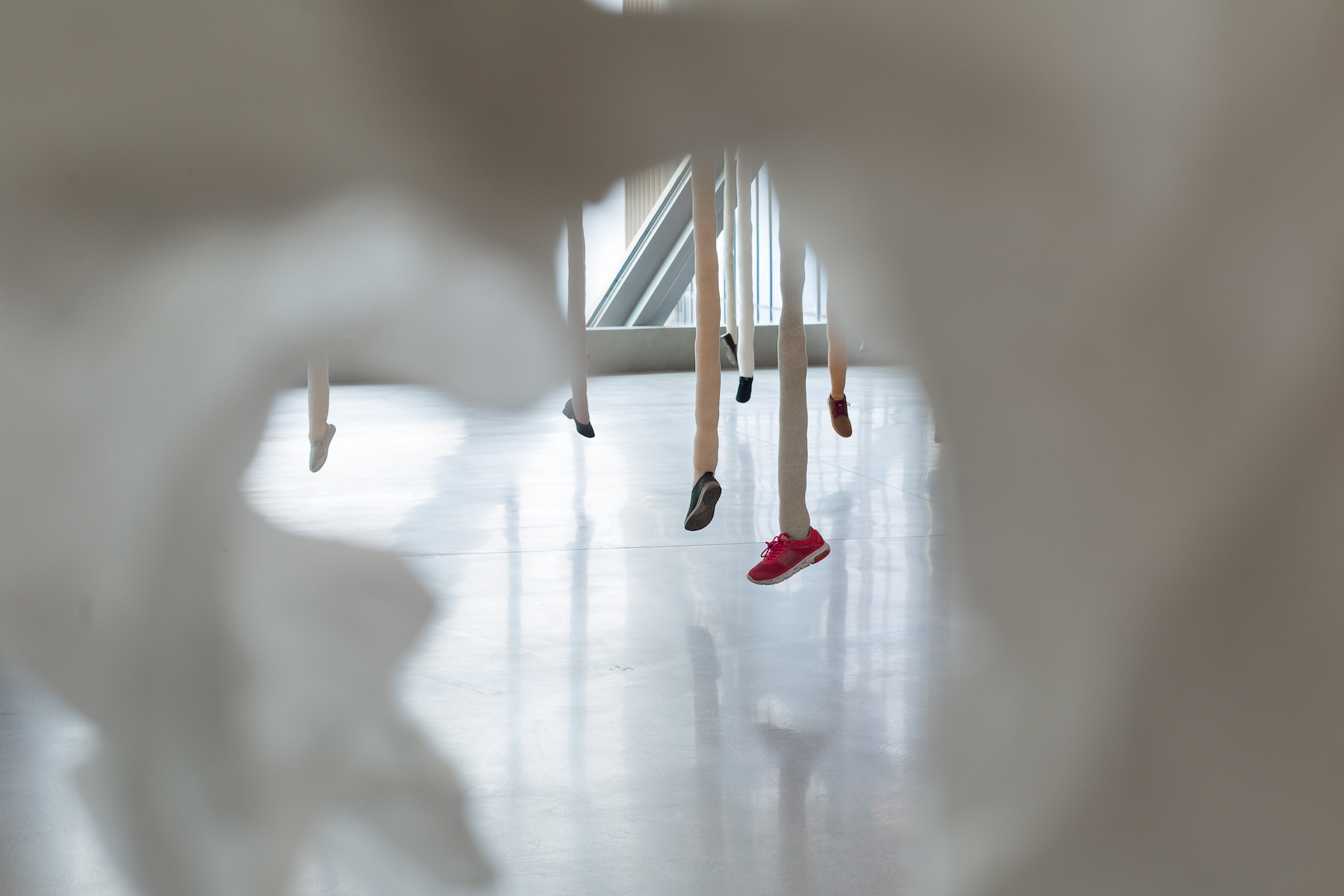
What kind of decision-making process do you undertake when you decide to buy an artwork?
I wish I had something clever or systematic to share about my personal decision-making process. It really is a gut instinct followed by a bit of reading up and research.
Can you name three most important factors when buying an artwork?
Gut instinct, personal relevance, and lingering intrigue.
What do you think about the risks of collecting — like falling in love with a beautiful work which might peril soon, or buying works which might trigger doubtful comments, eg. the digital copies of NFT works?
I like to believe that everything collected takes on something far greater than its monetary value. It holds significance (hopefully) to its creator, its collector, its moment in time, and in its enduring relevance.
Art collecting is about investing in particular things — it’s about finding artworks worthy of care and cataloguing out of an oceanic group of things — how do you find balance between the stuff you like and the stuff you will actually get into your collection?
Before the founding of G Museum, I didn’t have to consider such a balance. Now I am teetering between two collections: what is private and personal versus what is public and institutional.
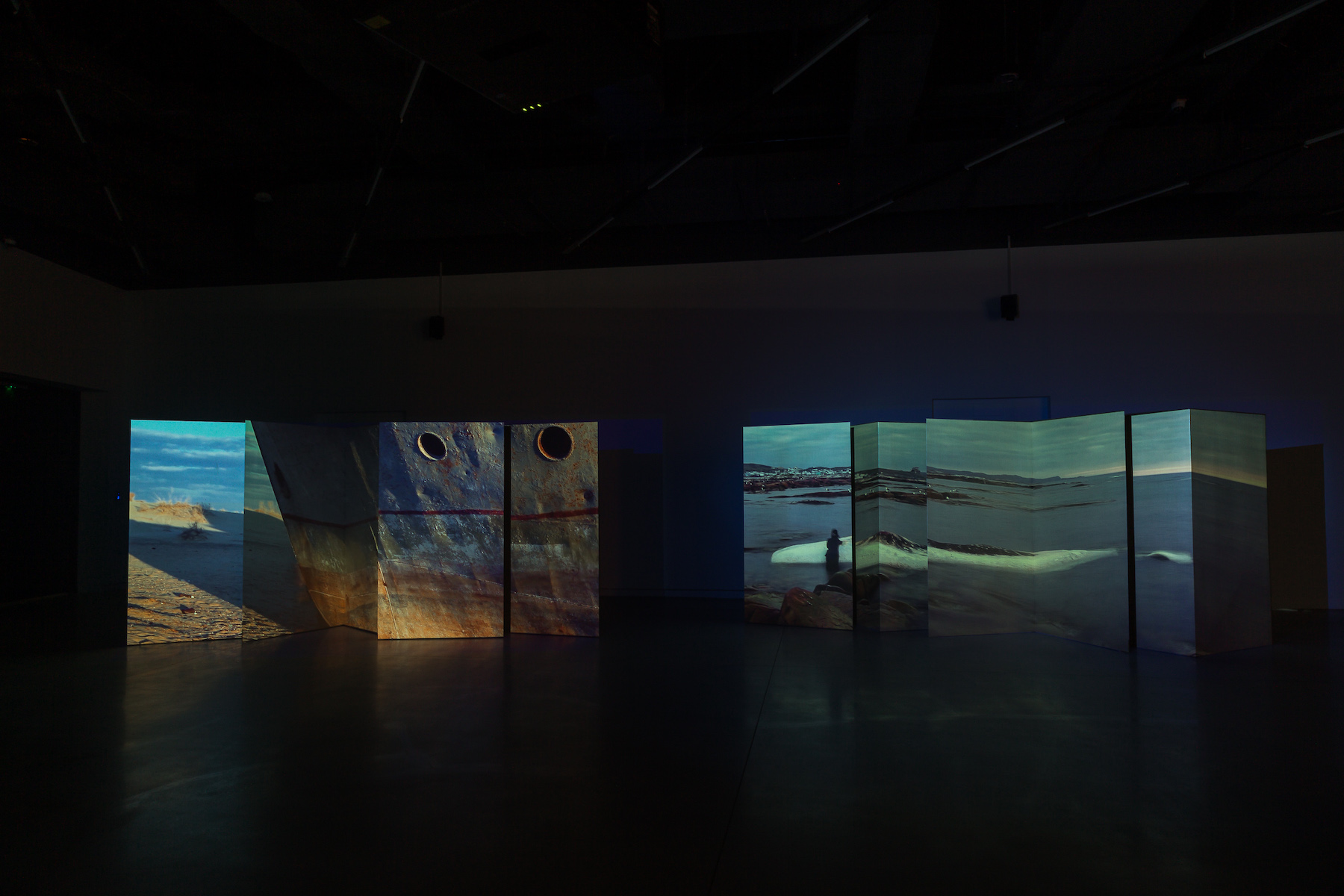
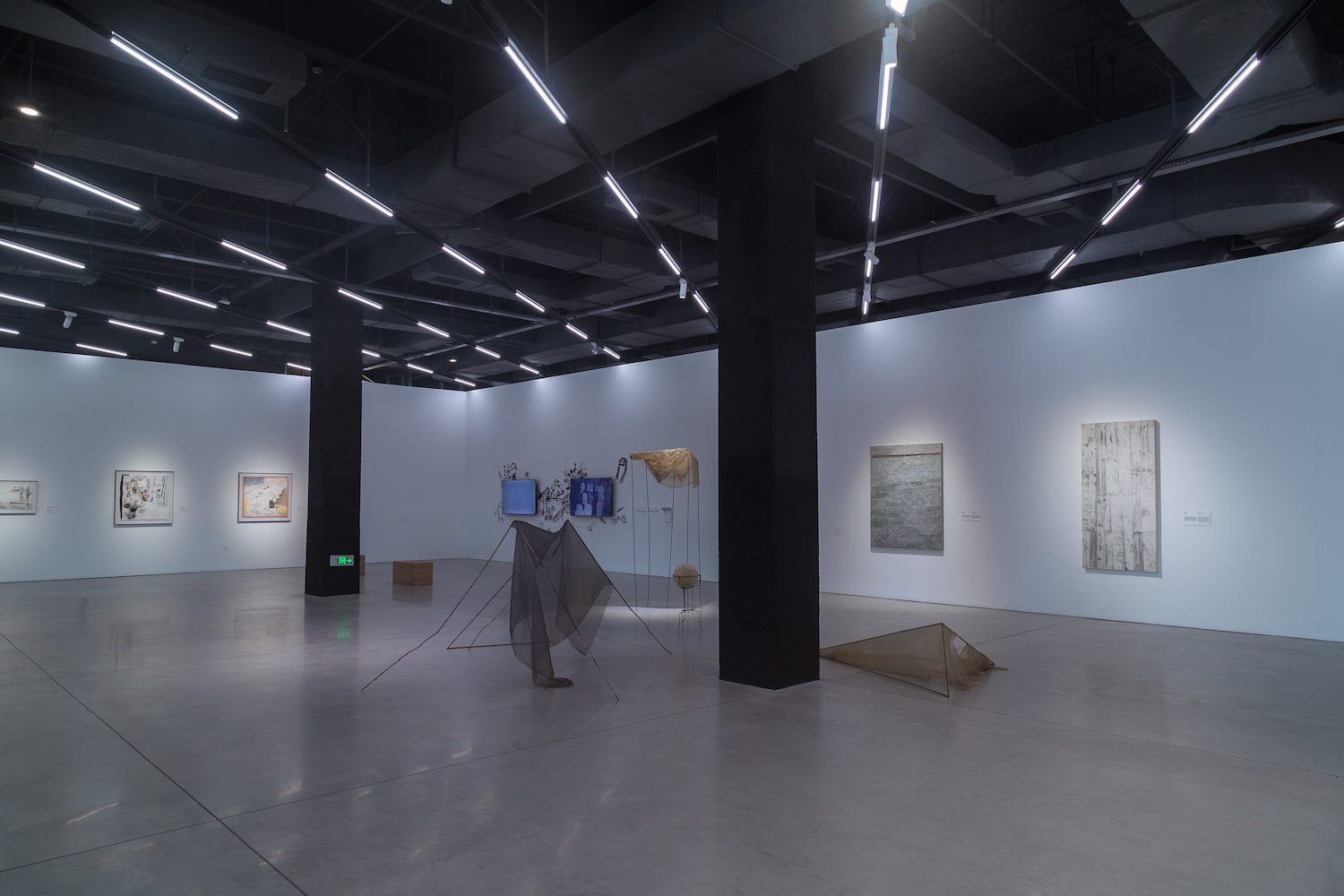
G Museum Presidency
How do you come to work as the President of G Museum?
Working in the family business can be tricky. I felt ready to take on more responsibility, and art has always been a passion. I am so grateful for both the timing and opportunity.
As the president of G Museum, what do you find the most challenging? And the most rewarding?
The most challenging part so far is understanding the preferences of our community and targeting what they are most interested in. The most rewarding part has definitely been walking into our current exhibition “In the Midst of It All” and being struck by what our small museum team is capable of. What we lack in experience or numbers, we make up for with passion and dedication.
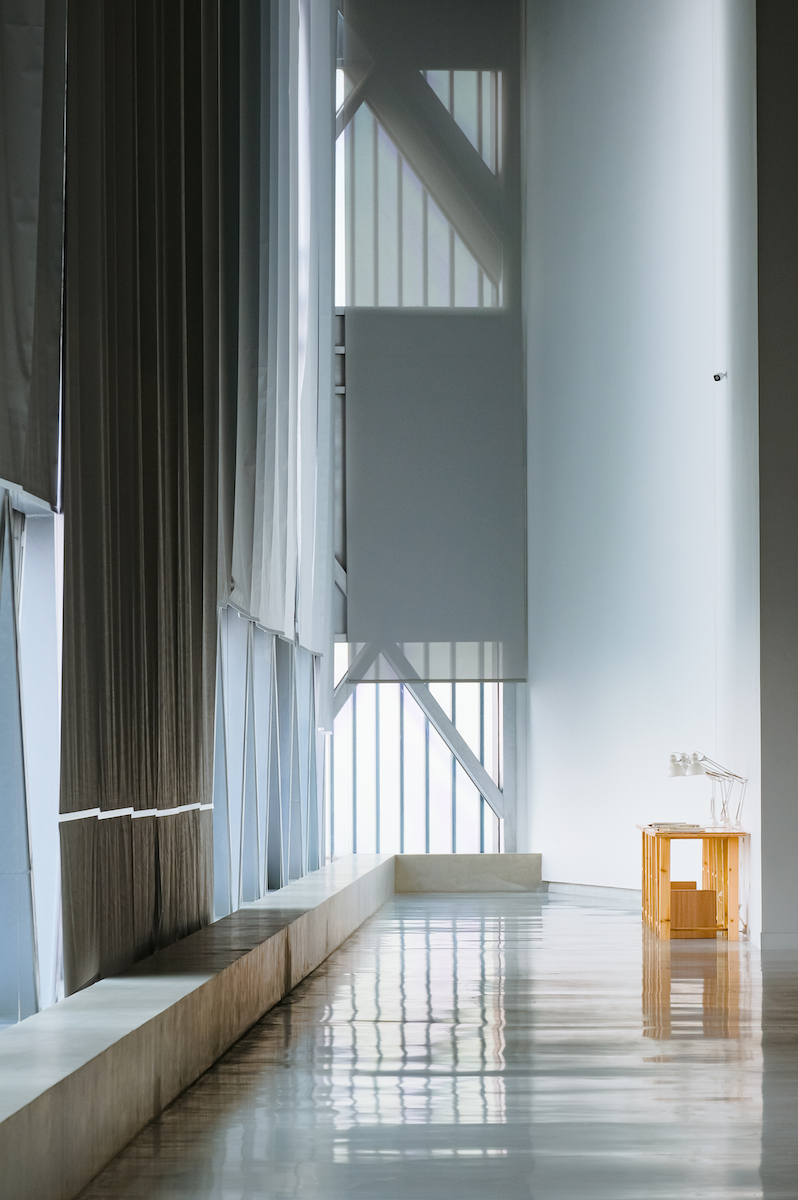
What kind of decision-making process do you undertake when the museum decides to collect pieces by a particular artist?
For G Museum, I consider the place of the artist in relation to the rest of the collection and how it falls into a greater narrative.
When it comes to museum acquisition, what’s your favourite research channel? i.e. What do you like about art and design festivals, studio visit, or word-of-mouth?
I might ask a few trusted friends for their feedback, but overall it is quite an individual process.
What’s your most important recent decision about acquiring an artwork for the museum? What is the artwork like?
The museum is also a channel to share the spotlight. Recent acquisitions have focused on the works of strong women with powerful personal narratives.
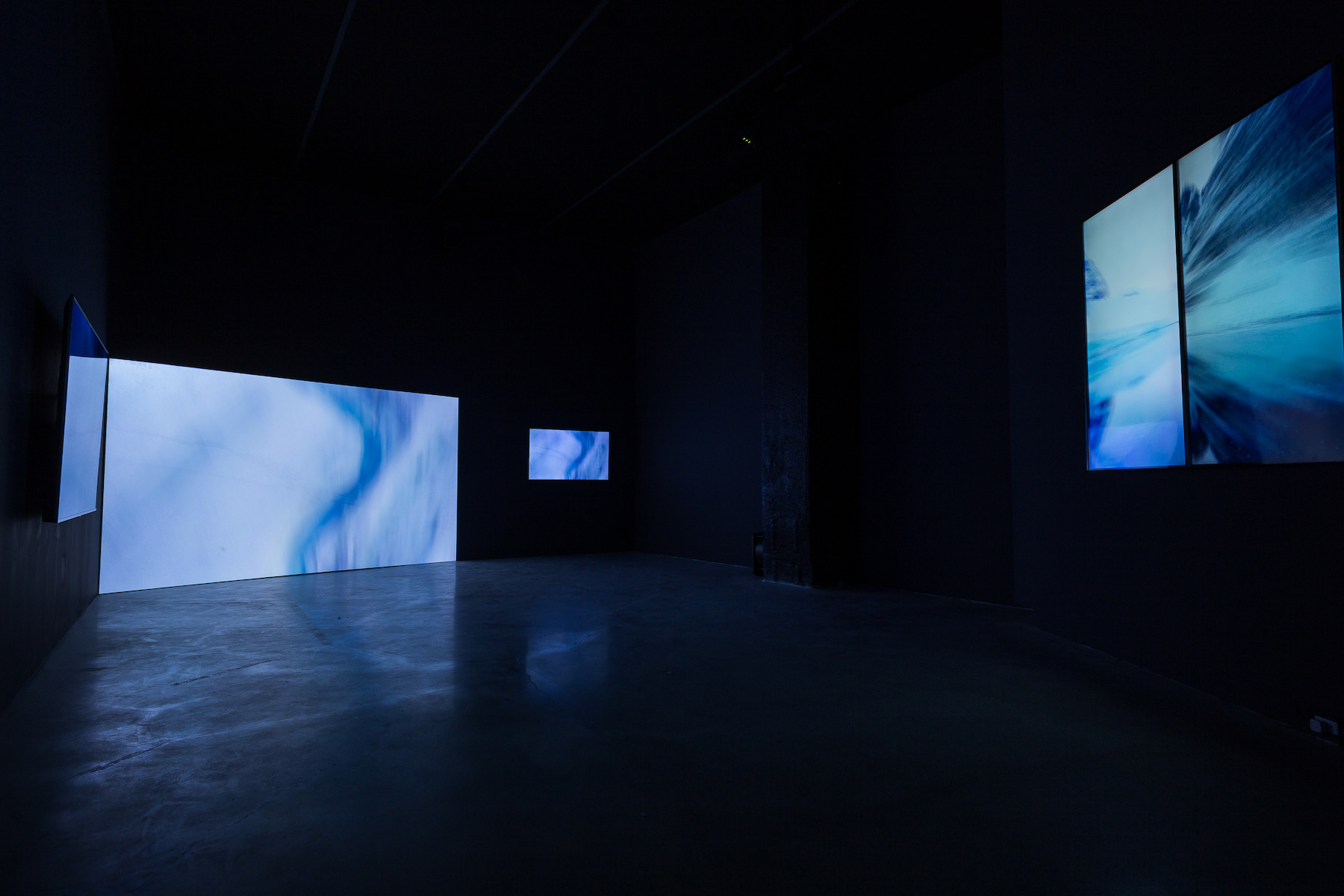
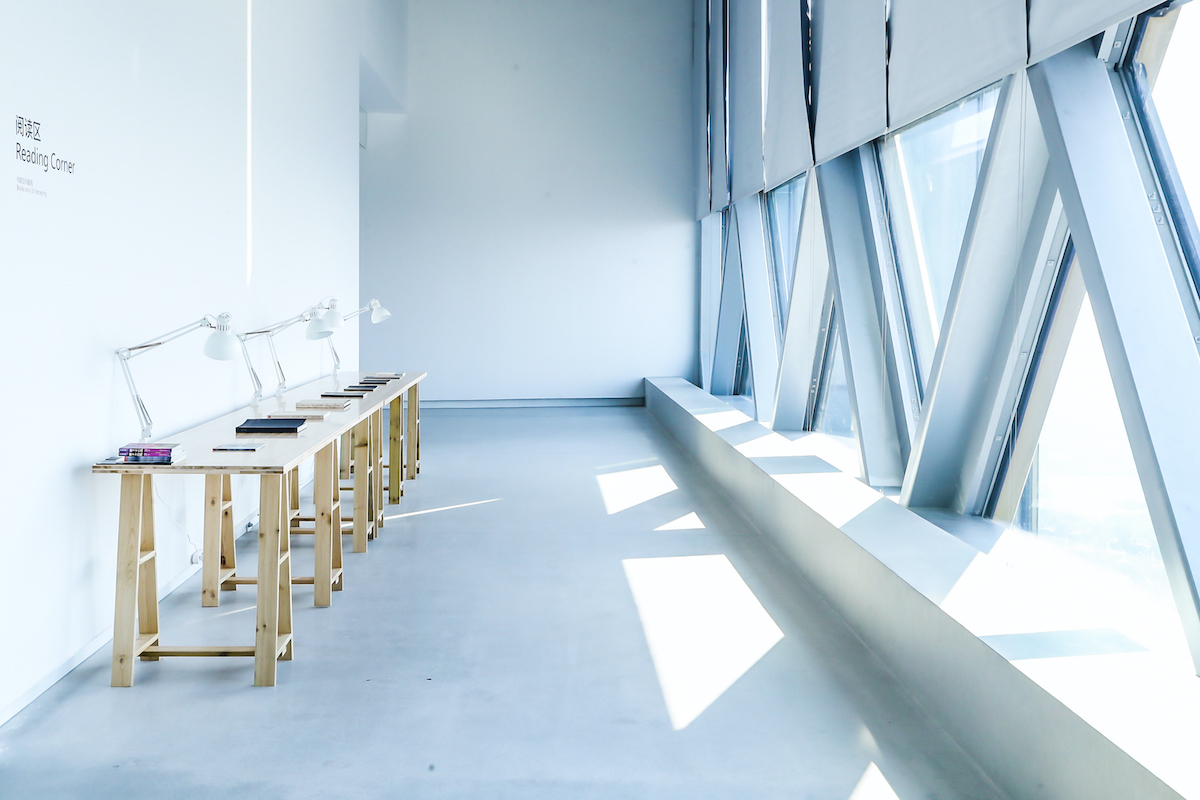
What is the most important thing when working with the artists?
I have found studio visits to be the single most important interaction. I have experienced both losing interest in artists after meeting them and falling for an entire life’s work after a single encounter.
The museum and the artists always cross-pollinate to help each other grow. While G Museum is still a very young institution, how do you picture it in five years?
What we are creating at G Museum is long-term. G Museum is a platform for cultural exchange through the arts. The city of Nanjing has given so much to Golden Eagle and G Museum aspires to give back to the city as well.
Can you share with us your favorite quote by an artist?
“One eye sees, the other feels.” – Paul Klee

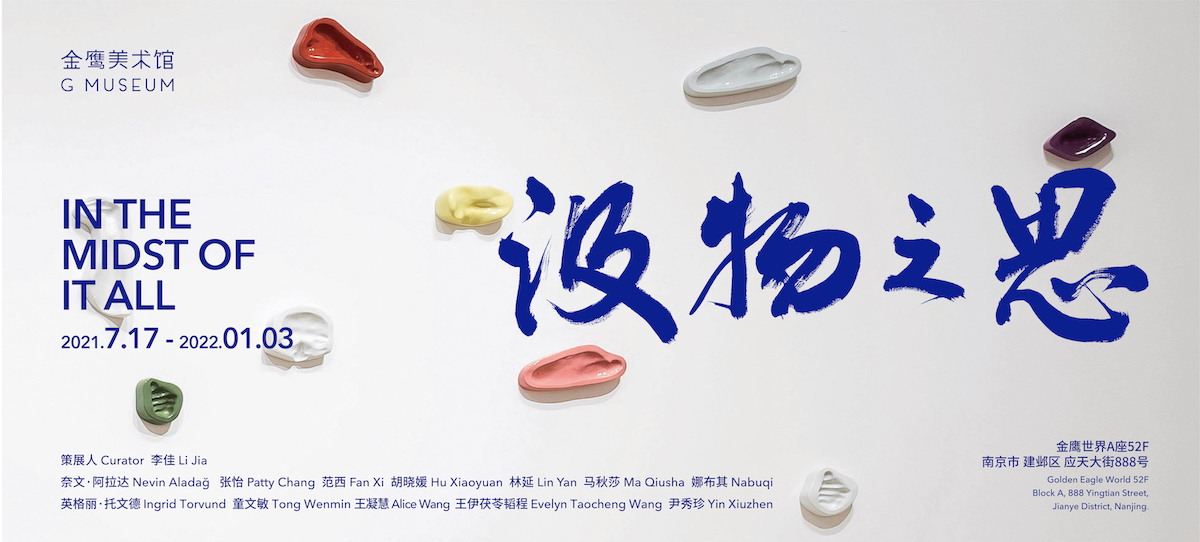
Instagram: @gmuseumofart
Current exhibition: In the Midst of It All, 17 July 2021 – 3 January 2022, G Museum, Nanjing, China
By Tyra Wang





